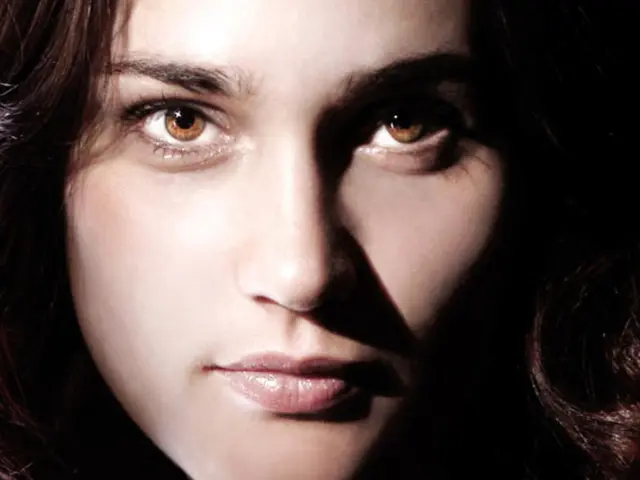Experimenting with Cold Capping: Does the Method Really Prevent Chemotherapy-Induced Hair Loss?
Chemotherapy for Cancer Treatment: A Closer Look at Scalp Cooling Therapy as a Solution for Hair Loss
In the fight against cancer, particularly breast cancer, hair loss emerged as a significant concern among patients undergoing chemotherapy. However, a new method called scalp cooling therapy, or cold capping, may offer a solution for some individuals.
Cleveland Clinic, a renowned non-profit academic medical center, provides insight into this promising treatment option. The basis of cold capping lies in its ability to minimize hair loss caused by chemotherapy by targeting the affected cells that help hair growth.
Chemotherapy treatment can damage such growth cells, leading to hair loss about two weeks after the beginning of treatment. Cold capping works by constricting the blood vessels in the scalp, thereby keeping the harmful chemo away from the hair follicles where hair is produced.
Cooling caps, which are helmet-like devices with circulating cold fluid, are worn for 30 to 60 minutes before, during, and after chemotherapy sessions. While some hair loss may still occur, expectant individuals may retain an estimated 50% to 70% of their hair.
However, it's essential to discuss using a cold cap with your doctor before your first treatment, as the effects of chemotherapy on hair loss start to manifest after that initial session. Wearing the cold cap may feel cold, a bit uncomfortable, and slightly constricting. Individuals with a history of headaches or migraines may require an anti-inflammatory medication to alleviate any discomfort.
Cold capping exists in two forms: custom-made caps and multi-cap systems. The former utilizes a hose to connect to a machine that circulates cold water throughout the cap during treatment. On the other hand, multi-cap systems involve storing and rotating caps in a dry ice cooler, with frequent changes required during the treatment. Patients are advised to bring the cold capping equipment to every session.
While cold capping shows promise for cancer patients, its overall effectiveness depends on the type of chemotherapy received. It has proven successful in those undergoing treatment for breast cancer and colon cancer; however, some chemotherapy treatments may be too potent, making it less probable for hair loss to be minimized.
It's crucial to weigh the pros and cons of cold capping with your doctor and consider its cost, as most insurance providers currently do not cover this treatment. The estimated cost for cold capping throughout a course of chemotherapy is approximately $1,000.
Ultimately, cold capping offers a viable solution for cancer patients looking to minimize hair loss during treatment, ensuring a more positive experience and improved psychological well-being. Studies indicate that retaining most of one's hair can provide numerous emotional benefits, providing a measure of normalcy during an otherwise challenging journey.
- In the realm of women's health, cold capping therapy can potentially alleviate the distress caused by hair loss during breast cancer treatment, offering a solution for some individuals.
- In the field of health and wellness, mental health is intertwined, as maintaining one's physical appearance can have significant psychological benefits, such as during chemotherapy treatment for cancer.
- As research advances in the medical field, scalp cooling therapy, a promising approach for managing hair loss in cancer patients, is making strides in the treatment of medical conditions like breast cancer.
- In the battle against diseases like cancer, it's essential to explore various solutions that cater to the overall health and well-being of the patient, focusing not only on the disease but also on the quality of life during treatment.
- In the history of cancer treatment, the development and refinement of techniques like scalp cooling therapy demonstrate the continuous progress and commitment to improving patient care and experiences.








